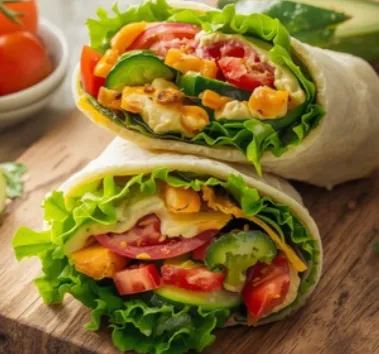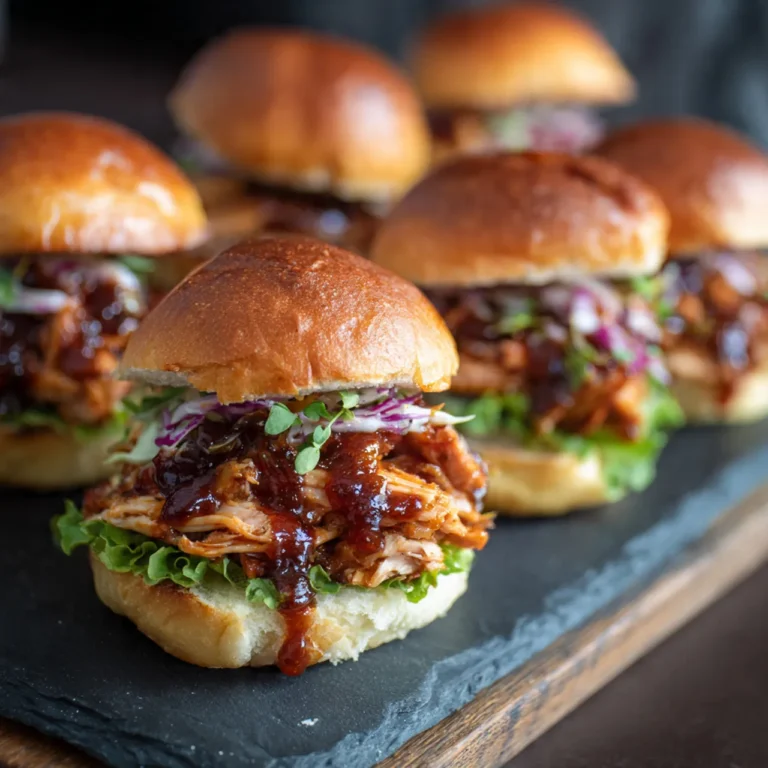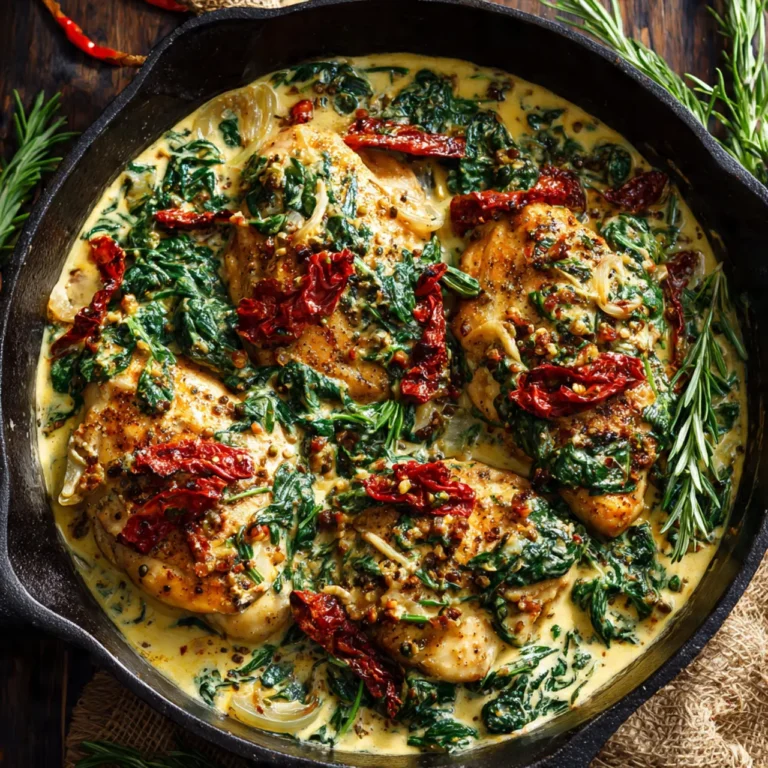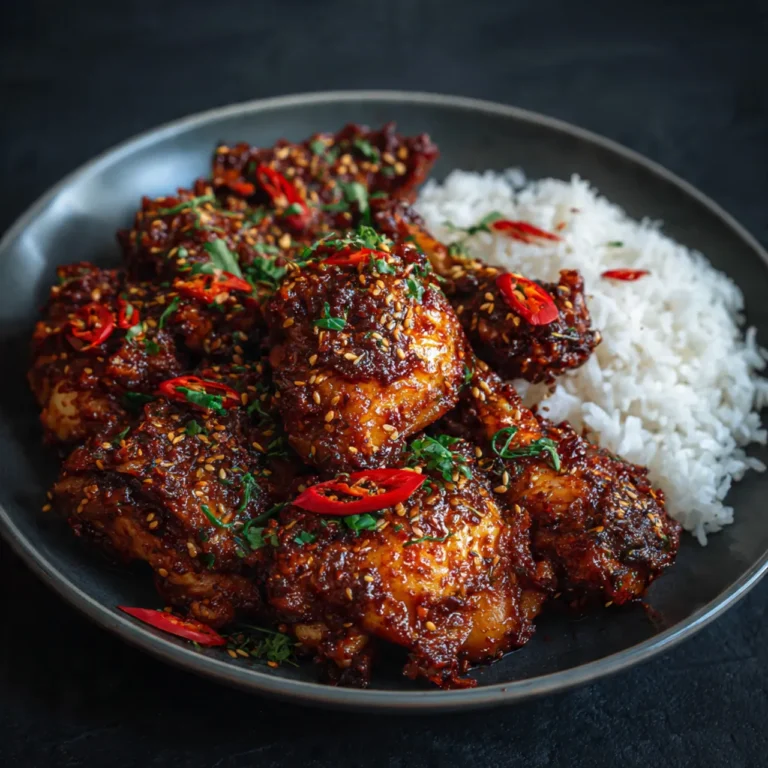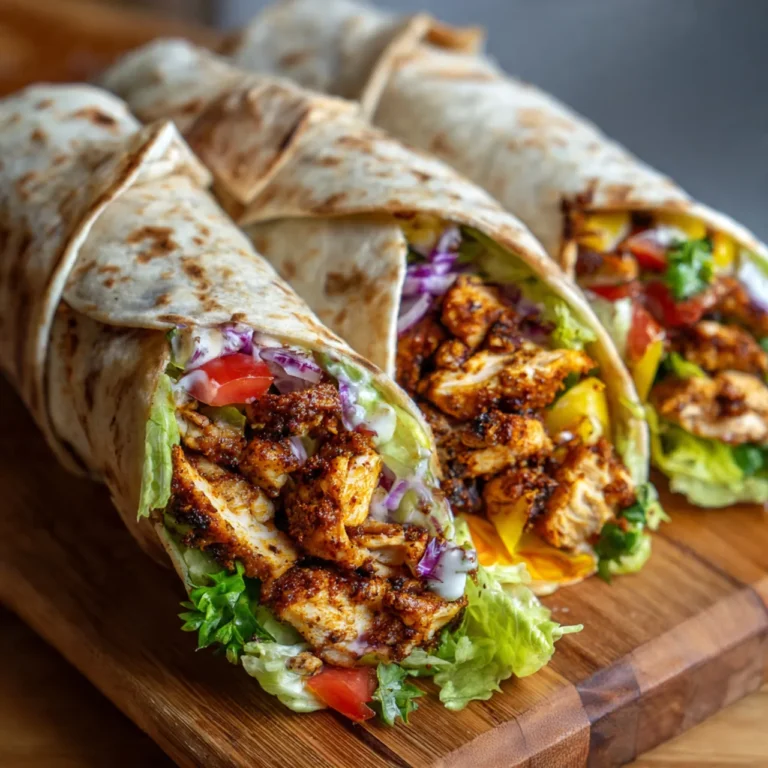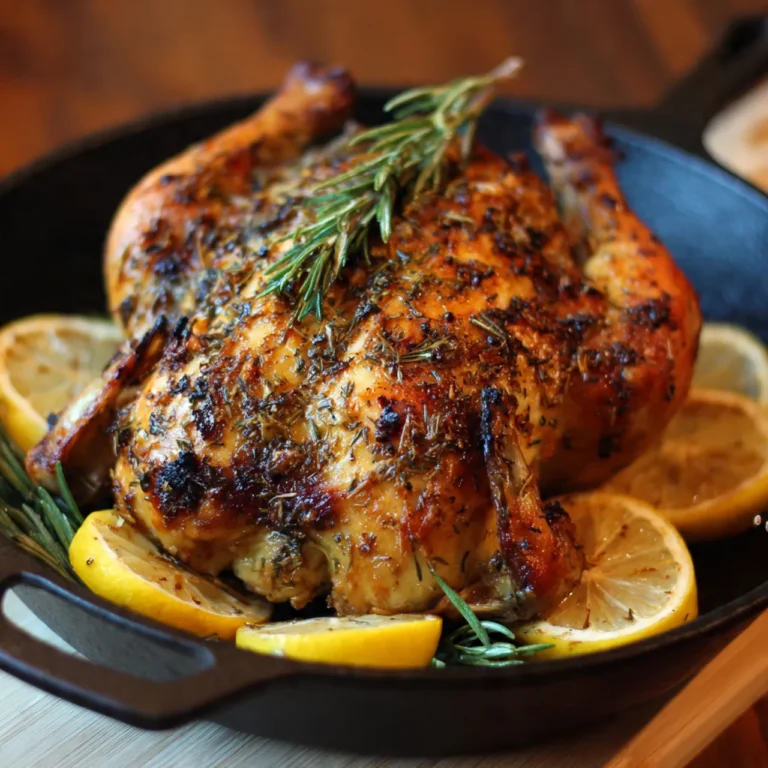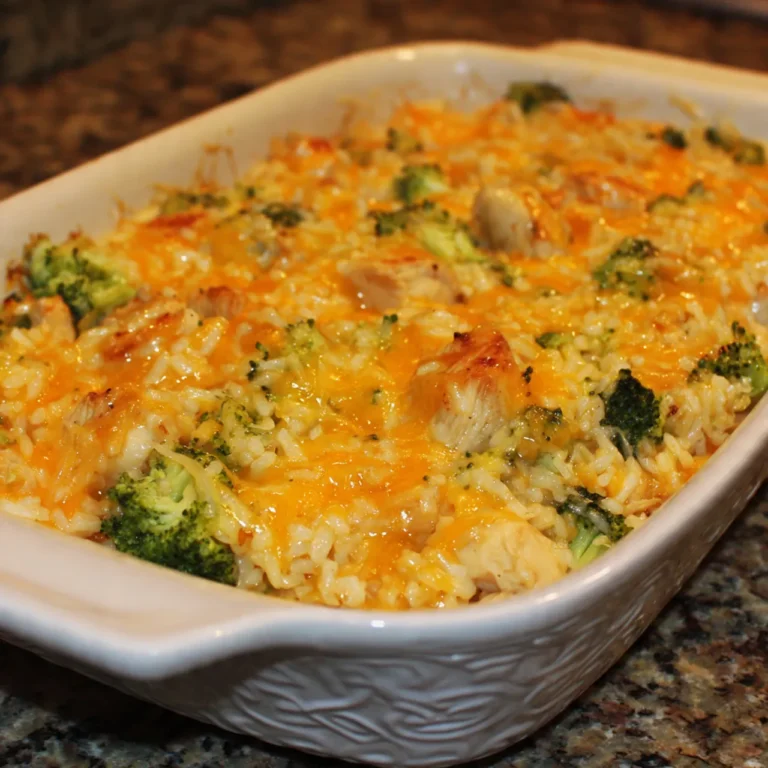When it comes to quick, nourishing, and absolutely satisfying meals, few recipes rival the simplicity and flavor of a Hummus & Veggie Wrap. This plant-based wrap has earned a spot as a go-to for busy professionals, health-conscious families, and anyone seeking a delicious, balanced meal that can be made in minutes.
Whether you’re looking for a light lunch, a portable work meal, or a wholesome dinner, the Hummus & Veggie Wrap delivers taste, nutrition, and convenience in every bite.
In this post, we’ll dive deep into:
- Why Hummus & Veggie Wraps are trending in healthy eating
- Nutritional benefits of hummus and fresh vegetables
- Step-by-step recipe guide with variations
- Meal prep tips and storage hacks
- Creative wrap ideas to keep things exciting
- FAQs about hummus and wraps
By the end, you’ll know exactly how to make the best Hummus & Veggie Wrap at home, customize it to your taste, and enjoy it as part of your healthy lifestyle.
Why Hummus & Veggie Wraps Are So Popular
The rise of the Hummus & Veggie Wrap is no coincidence. With the growing demand for plant-based, quick, and nutritious meals, this wrap checks every box:
- Quick & Easy: Ready in under 10 minutes.
- Healthy & Wholesome: Packed with protein, fiber, vitamins, and minerals.
- Plant-Based & Vegan-Friendly: Perfect for vegetarian and vegan diets.
- Customizable: Works with any veggies, wraps, or spreads you prefer.
- Meal Prep Friendly: Stores well in the fridge for grab-and-go lunches.
This is why the Hummus & Veggie Wrap isn’t just a recipe – it’s a lifestyle-friendly solution for modern eating.
The Nutritional Power of Hummus
At the heart of this wrap is hummus – a creamy, savory dip made from chickpeas, tahini (sesame paste), olive oil, lemon juice, and garlic.
Health Benefits of Hummus:
- Rich in Plant-Based Protein: Chickpeas fuel the body with sustainable energy.
- High in Fiber: Promotes digestion and keeps you full longer.
- Healthy Fats from Olive Oil & Tahini: Supports heart and brain health.
- Packed with Vitamins & Minerals: Folate, iron, magnesium, and B vitamins.
- Gluten-Free & Vegan-Friendly: Fits into most dietary lifestyles.
When paired with fresh vegetables, hummus creates the ultimate nutrient-dense wrap.
Choosing the Best Vegetables for Your Wrap
The beauty of a Hummus & Veggie Wrap is how customizable it is. Here are the top veggies to use:
- Leafy Greens: Spinach, kale, arugula, or romaine for crunch and nutrition.
- Crisp Veggies: Cucumbers, bell peppers, carrots, and celery.
- Roasted Vegetables: Zucchini, eggplant, mushrooms, or sweet potatoes for a richer flavor.
- Avocado: Adds creaminess and healthy fats.
- Sprouts: Alfalfa or broccoli sprouts for an extra boost of vitamins.
Pro tip: Mix fresh and roasted veggies for the best flavor and texture combination.
The Classic Hummus & Veggie Wrap Recipe
Ingredients (Makes 2 wraps):
- 2 large whole wheat or spinach tortillas
- ½ cup hummus (classic or flavored, e.g., roasted red pepper or garlic)
- 1 cup baby spinach or mixed greens
- ½ cucumber, thinly sliced
- ½ red bell pepper, sliced into strips
- ½ carrot, shredded
- ½ avocado, sliced
- Optional: roasted zucchini, mushrooms, or sprouts
- A squeeze of fresh lemon juice
Instructions:
- Warm the wrap: Heat tortilla for 10–15 seconds for flexibility.
- Spread hummus: Generously coat one side of the tortilla with hummus.
- Layer the veggies: Start with greens, then add cucumbers, peppers, carrots, avocado, and any roasted vegetables.
- Season lightly: Add salt, pepper, or a drizzle of olive oil if desired.
- Roll it up: Fold in the sides, then roll tightly into a wrap.
- Slice & serve: Cut in half diagonally for presentation.
Variations to Try
Don’t let your wraps get boring! Here are tasty variations:
- Mediterranean Wrap: Add olives, sun-dried tomatoes, and feta cheese.
- Spicy Wrap: Use spicy hummus and jalapeños.
- Protein-Packed Wrap: Add grilled tofu, tempeh, or falafel.
- Low-Carb Wrap: Use collard greens or lettuce leaves instead of tortillas.
- Breakfast Wrap: Add scrambled eggs or chickpea scramble.
Meal Prep & Storage Tips
One of the best things about a Hummus & Veggie Wrap is how well it works for meal prep.
- Pre-cut vegetables and store them in airtight containers.
- Prepare hummus ahead (homemade or store-bought).
- Wrap storage: If making in advance, wrap tightly in parchment paper or foil.
- Fridge life: Best eaten fresh but can last up to 2 days refrigerated.
For packed lunches, place the wrap in a container with an ice pack to keep it fresh.
Why This Wrap Is Great for Weight Loss
The Hummus & Veggie Wrap is naturally lower in calories while still being filling. Thanks to high fiber and protein, it helps control hunger and reduce snacking. Choosing whole wheat tortillas and fresh vegetables boosts its health profile even more.
Creative Serving Ideas
- Pair with a light soup for a cozy meal.
- Serve with roasted chickpeas for extra crunch.
- Cut into small pieces for party appetizers.
- Add a side of fruit salad for a refreshing balance.
FAQs About Hummus & Veggie Wraps
1. Can I make hummus at home?
Yes! Blend chickpeas, tahini, olive oil, lemon juice, and garlic for a quick homemade hummus.
2. Are hummus wraps gluten-free?
Yes, if you use gluten-free wraps or lettuce leaves instead of tortillas.
3. Can I freeze hummus wraps?
Freezing isn’t recommended – fresh veggies lose their texture. Instead, prep ingredients separately.
4. What’s the best hummus flavor for wraps?
Roasted red pepper, garlic, or lemon herb hummus pair wonderfully with fresh veggies.
Final Thoughts
The Hummus & Veggie Wrap is more than just a recipe – it’s a lifestyle choice for those who value quick, healthy, and satisfying meals. With endless customization options, it never gets boring and fits perfectly into meal prep, work lunches, or light dinners.
